This article will explain various aspects of security testing for the SQL Server environment. Security is a very critical area for any database environment. We must properly plan, deploy, and audit database security measures to protect and prevent any unauthorized access of the data. We should also perform regular security testing to ensure we have the right set of rules and policies in place to secure our database environment. Database security measures also help any organization to protect its data to maintain its privacy and integrity.
Read more »Manvendra Singh
- Configure backup storage redundancy for Azure Cosmos DB account - May 15, 2024
- Difference between SQL SELECT UNIQUE and SELECT DISTINCT - January 16, 2024
- How to do a group by clause - April 12, 2023
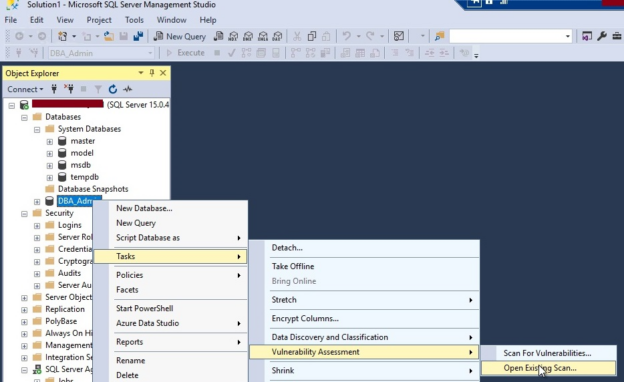
Database security testing using SQL Server Vulnerability Assessments
January 28, 2022I will explain how to use and perform security testing using SQL Server vulnerability assessment in this article. I have explained basic understanding about multiple layers of security that we configure to protect our SQL Server instances in my last article. I have also explained about security testing at each layer we should perform to understand how secure our systems are. I would request you to read this article, Understanding security testing for SQL Server environments to learn more about them.
Read more »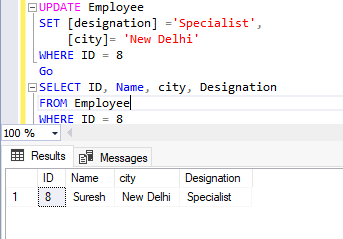
Getting started with the SQL UPDATE syntax
December 22, 2021This article will help you understand the SQL UPDATE syntax used in SQL Server. Microsoft SQL Server is a database system that is used to store various types of data which is logically arranged in form of tables, columns, and rows. As businesses need changes or new requirements come, we need to modify this data stored in the table. We use the SQL UPDATE syntax to modify or update existing data in a table or view in SQL Server. We can use this statement to modify a single unit of data field as well as multiple sets of data fields based on our requirements.
Read more »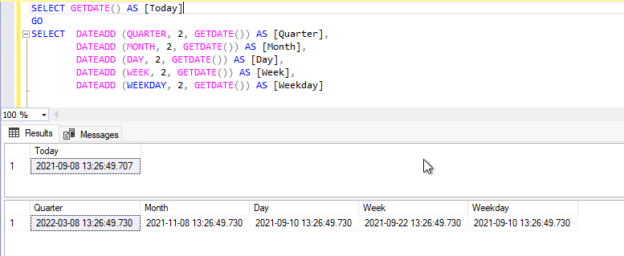
SQL Server GETDATE () function and its use cases
December 16, 2021This article will discuss an overview and use cases of the SQL Server GETDATE () function which is used to return the current date and time of the system on which SQL Server instance is running. There are several date-time related functions in SQL Server for distinct requirements like SYSDATETIME, CURRENT_TIMESTAMP, etc. All these functions will return the current date-time of the system on which the SQL Server is running. The only difference of having these many functions is the accuracy of the length of timestamp like till what precision you want to return your date time output. I will show you the output of some of these date-time functions and compare them with SQL Server GETDATE () function.
Read more »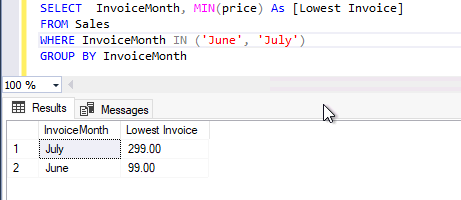
Understanding the SQL MIN statement and its use cases
December 3, 2021Today, I will explain an overview of the SQL MIN () function along with its several use cases in this article. This function is categorized under aggregate functions in SQL Server. Aggregate functions perform a calculation on a set of values from a specified expression and return a single value in their output. Aggregate functions return the same value every time you execute them unless your source data is changed.
Read more »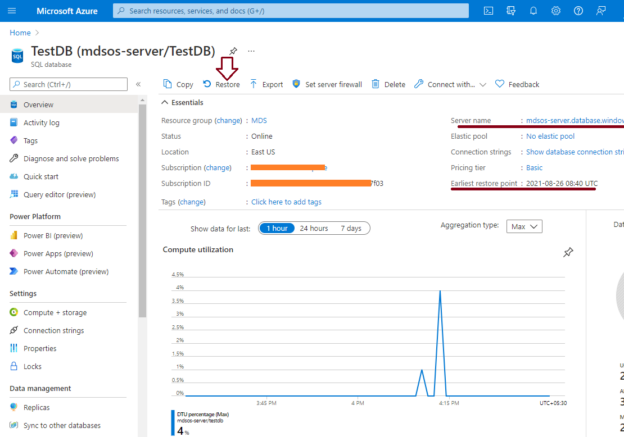
How to restore an Azure SQL Database
November 30, 2021I will explain how to restore an Azure SQL database in case you need to recover some data, or somebody has deleted your database in this article. Databases restore is the common activity a DBA performs in his day-to-day activities to meet various business requirements. We should also perform regular restores to ensure our backups are healthy and restorable in case of any emergency. Here, I will create an Azure SQL database named TestDB along with a table Employee inside this database and then recover them by restoring its automatic backups.
Read more »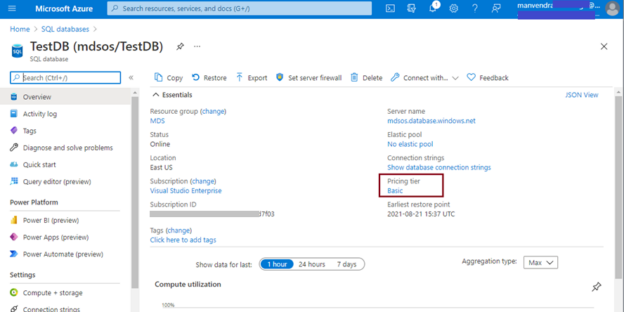
Managing Retention period of Azure SQL Database Backup
November 24, 2021Azure SQL Database is a fully managed SQL Server database engine based on the latest stable version of SQL Server enterprise edition. This is Database as a Service offering under the PaaS model in the Azure cloud. It offers in-built high availability capability and reduces the manageability efforts by automating administration activities like backups, patching, etc. Backups are managed automatically by Azure for all PaaS database deployments. This article will explain one of the configuration item retention periods of Azure SQL database backups.
Read more »
Understanding Backups for Azure SQL Database
November 18, 2021Azure SQL database is Database as a Service offering under the PaaS model in the Azure cloud. It is a fully managed SQL Server database engine that uses the latest stable version of SQL Server enterprise edition. This database service offers rich functionalities to increase the availability with the help of in-built high availability capability and reduce the manageability efforts by using easy and smooth deployments, automatic backup, and patching, etc. We generally use this deployment for modern cloud-compatible applications or if we want to leverage hyperscale or serverless options. This article will explain Azure SQL database backups to help you understand how backups work for these databases in the background and how can we use them for our data protection and recovery requirements.
Read more »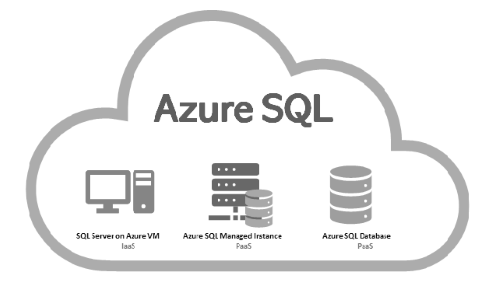
Getting started with Azure SQL
November 8, 2021This article will help you understand Azure SQL and its deployment options available in the Azure cloud. This article would be helpful to you if you are planning to migrate your SQL Server workloads to Azure cloud or want to provision a SQL database for your new application development. You will learn which deployment option would be beneficial for your database workload in this article.
Read more »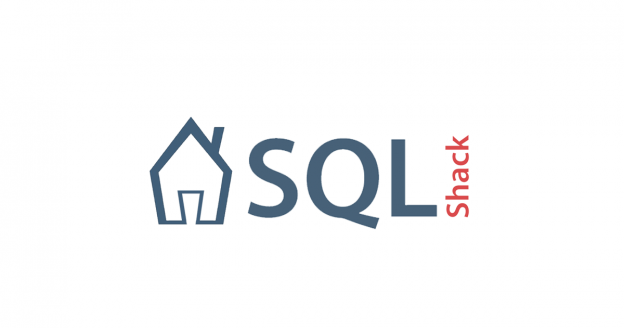
SQL Server DBA Interview questions and answers
November 1, 2021This article will help you with some popular SQL Server DBA Interview questions and answers. I would recommend you to read this article as well as SQL Server Interview questions and answers to learn more about SQL interview questions. In this article also, I tried to answer each question in a very precise manner.
Read more »
SQL Server Interview questions and answers
October 25, 2021This article will help you to learn and prepare SQL Server interview questions and answers. If you are looking for a job change or want to improve your interview skills, then you must go through with this article along with questions & answers given in this article. I have tried to answer each question in a very precise manner which most interviewers want to listen to these days.
Read more »
SQL Interview questions and answers
October 20, 2021This article will walk you through some SQL interview questions and answers to help you with a job change or if you want to improve your interview skills. I have also tried to attach supporting articles for each question to help you learn more in-depth about the specified topics. I tried to answer each question in a very precise manner which most the interviewers want to listen to these days. If you want to learn more about the topic asked, you can visit the attached link given for that question.
Read more »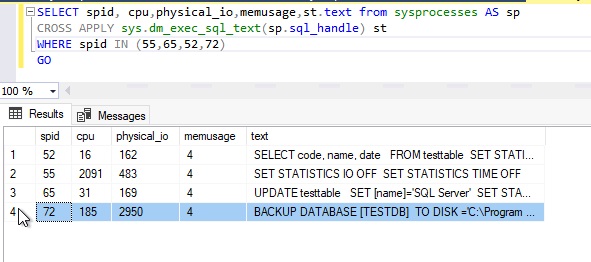
Performance impact analysis of enabling Transparent Data Encryption (TDE) on SQL Server
October 14, 2021Transparent Data Encryption (TDE) encrypts database files to secure your data. It also encrypts the tempdb database to secure your data in a temporary space. The process of encryption and decryption adds additional overhead to the database system. Even non-encrypted databases hosted on the same SQL Server instance would have some performance degradation because of tempdb encryption. Today I will show you performance impact analysis using few simple T-SQL statements by comparing their stats gathered before and after enabling TDE.
Read more »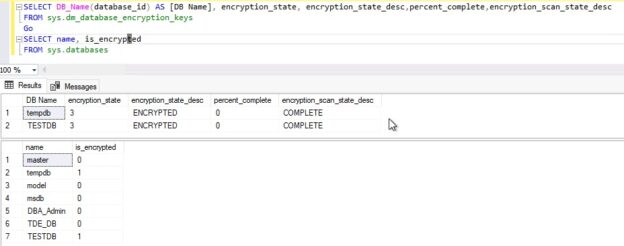
Understanding the TDE SCAN process in Transparent Data Encryption
September 30, 2021Transparent Data Encryption is a SQL Server feature that is used to protect data stored in SQL Server databases. The process to enable TDE on any user database is a straightforward method. Once we enable TDE on any user database, SQL Server performs a scan for each data page into the buffer pool and then writes the encrypted pages back to disk. The process of scanning each data page is known as TDE scan. Any database is fully encrypted once the TDE scan will be completed for all data pages of the database.
Read more »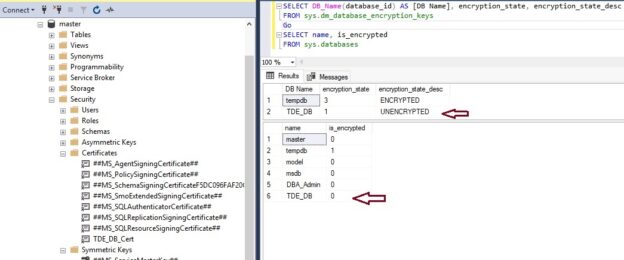
Remove Transparent Data Encryption (TDE) from SQL Server user databases
September 24, 2021Transparent Data Encryption is getting popular these days because every business owner is serious about protecting their data. Everybody wants to use the latest encryption technologies to make sure their systems are more secure and stable. SQL Server also offers some encryption features to protect client’s data like TDE (Transparent Data Encryption), Always Encrypt, etc. Sometimes, business wants to transform their existing encryption solution by implementing its advance versions or encryptions. You must remove the existing encryption solution before implementing any newer solution.
Read more »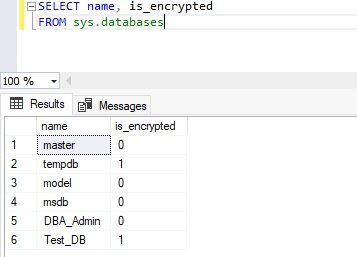
Impact of TDE (Transparent Data Encryption) on Tempdb databases
September 15, 2021This article will explain the impact of TDE (Transparent Data Encryption) on one of the crucial system databases, tempdb. Everybody wants to secure their data to prevent unauthorized access and use. SQL Server is a very popular enterprise RDBMS system that is used to store client’s data inside their databases. It also offers multiple features to secure the data stored in the databases. TDE (Transparent Data Encryption) is one of those features which is used to secure SQL Server databases by encrypting their database files. TDE protects data by applying encryption using a certificate which is also protected by the master key.
Read more »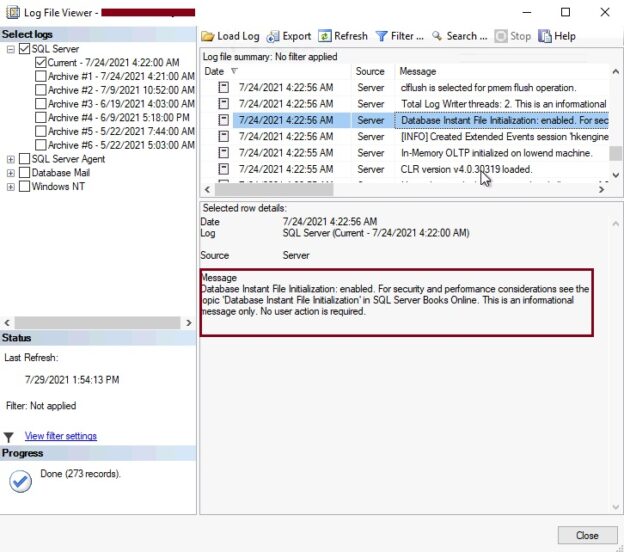
Understanding Instant File Initialization after enabling TDE (Transparent Data Encryption) on SQL Server databases
August 19, 2021SQL Server Transparent Data Encryption (TDE) enables encryption on database files to secure its databases. Enabling TDE might have some adverse effects on your database system or on some database features. We must understand our database environment and plan accordingly before opting and deploying any new feature to production systems.
Read more »